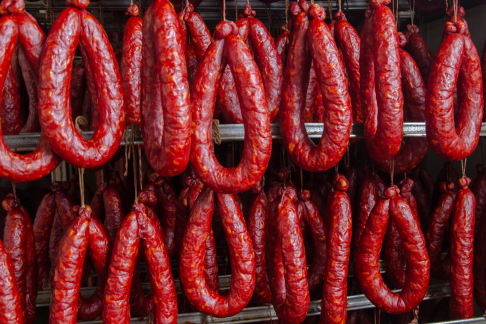Making Sausage: How the CASE Act Finally Became Law
by Hugh Stephens — January 4, 2021

To kick-off 2021, which we all hope will be a better year than the last annus horribilis, let’s look back at one of the closing chapters of 2020, the last minute passage in the US of the COVID-19 relief package and government funding bill which was finally signed into law by Donald Trump on December 27, 2020. While of primary interest to many Americans because of the COVID relief payments contained in the bill, it also included an important piece of copyright legislation, the CASE (Copyright Alternative in Small-Claims Enforcement) Act. How this welcome legislation ended up being included in the year-end spending bill is part of the “meat-grinder” story of US politics. It started with an individual Senator.
One of the unique features of the US congressional system is the power that elected members of Congress exert over the legislative process, unlike the Westminster system that readers in Canada, the UK, Australia, New Zealand, and India (among others) will be familiar with. Under the Westminster model, the executive branch, aka the “government”, usually controls the legislative branch (Parliament) through an elected majority or coalition. Once legislation has been introduced by the government, it is normally passed by Parliament and becomes law subject to the normal process of review through an all-party committee–which in most cases is dominated by government members. By contrast, in the US system there is no guarantee that legislation desired by the President will become law. Congress is not easily controlled, especially if one or both Chambers of Congress are dominated by a party different from that of the President. Given the US system of checks and balances, as we have seen when an executive branch (Administration) does not control the legislative (Congress) branch, all sorts of things can happen—or not happen. Just ask Barack Obama.
Find original article here.